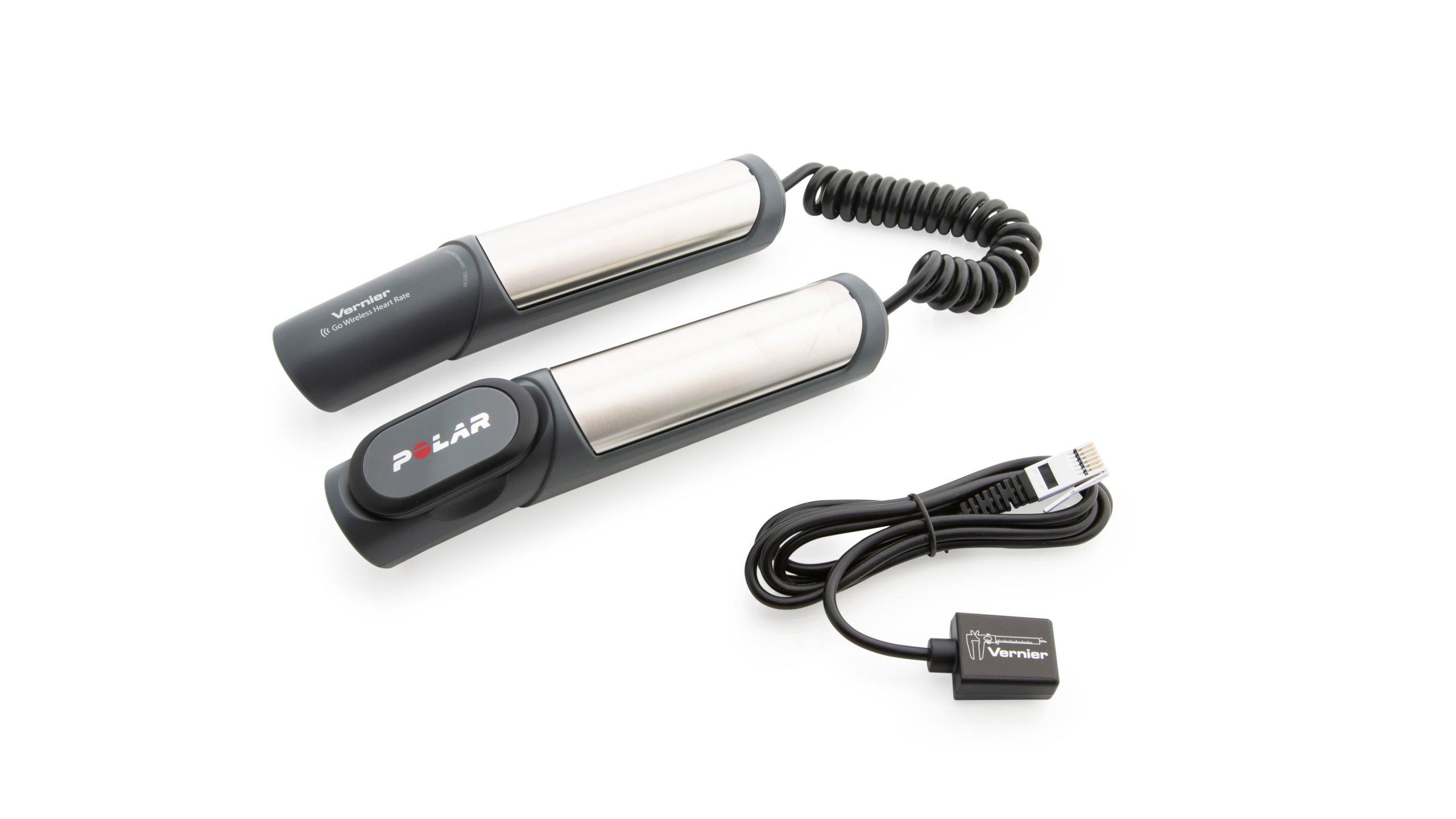Introduction
One of the homeostatic mechanisms of the human body serves to maintain a fairly constant blood pressure. Major determinants of blood pressure are heart rate, amount of blood pumped with each beat (stroke volume), and the resistance of the arterial system which is receiving the blood. The heart rate is influenced by baroreceptors, special sensors in tissues in the aortic arch and carotid arteries which contain nerve endings that respond to stretching. An increase or decrease in stretch sends signals to the medulla in the brain which in turn acts on the heart through the vagus nerve, completing what is called a feedback loop. Sudden increase in pressure in the heart or carotid arteries causes an increase in stretch of the baroreceptor sensors and results in a decrease in heart rate. Sudden lowering of pressure causes the opposite effect. This feedback loop enables us to function in a gravity environment.
Objectives
In this experiment, you will
- Observe pulse response to sudden squatting.
- Observe pulse response to sudden standing from a squatting position.
- Correlate pulse response to sympathetic nervous system function.
Sensors and Equipment
This experiment features the following sensors and equipment. Additional equipment may be required.
Ready to Experiment?
Ask an Expert
Get answers to your questions about how to teach this experiment with our support team.
- Call toll-free: 888-837-6437
- Chat with Us
- Email support@vernier.com
Purchase the Lab Book
This experiment is #5 of Human Physiology with Vernier. The experiment in the book includes student instructions as well as instructor information for set up, helpful hints, and sample graphs and data.


